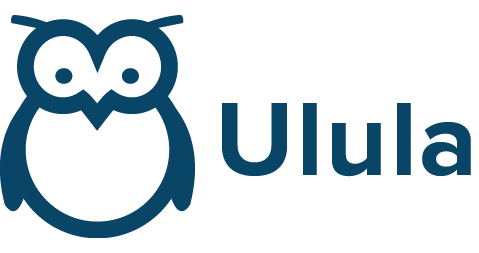Draft legislation is out in the EU and more regulation is on the way that will redefine and mandate what is meant by effective Human Rights Due Diligence (HRDD) implementation.
The scope of HRDD is ballooning to over 13,000 companies that’ll need to update their processes to stay ahead. The success of the new regulation will rely on its implementation.
Here are five reasons why technology will have an integral role to play:
1. Prioritize People, not Processes
The length and breadth of value-chains makes engagement daunting, so companies have a tendency to focus on boxes-checked rather than enduring improvements to worker’s quality of life. The UN Guiding Principles and the OECD Guidelines on HRDD call for meaningful engagement with affected stakeholders, so how can businesses reconcile vast, complex supply chains with the need for genuine engagement with workers?
Not only can the analogue approach to HRDD fall victim to all-too-human biases, it can’t scale enough to ensure equitable human rights outcomes for everyone in the value-chain. Tech enables companies to manage a supply-chain of thousands while remaining sensitive to the individual; to be people-first and person-first. Scalability enables companies to effectively mobilize their resources, spend more time engaging with rights-holders and less time checking boxes.
2. Don’t get the Run-Around from Risk
According to Shift, the scope of the European Commission’s due diligence proposal is limited as HRDD is only necessary where “established business relationships” are present. This approach contradicts best practices on due diligence for responsible business conduct and creates a risk that implementation becomes a tick-the-box exercise rather than a risk-based approach to business and human rights. In this way, companies are incentivized to spend more time determining whether a business relationship is “established” and less inclined to take a risk-based approach to human rights across their whole value-chain. Digital tools will allow companies to implement a risk-based approach deeper in their supply chains, resolving the proximity problem.
When deploying digital tools, there’s no need to compromise on a risk-based approach. Digital human rights impact assessments allow companies to map human rights risks proactively all along the value chain, enabling genuine intelligent investments, targeted interventions and efficient risk prioritization. Companies can engage with workers across multiple regions with a consistent approach that can be tailored to local and regional nuances. Recognizing the location-specific intricacies of supply-chains and making data-driven decisions empowers companies to capture risks where they actually are, not merely where it’s convenient to do so.
3. Continuous Stakeholder Engagement
Auditing can only show what value-chain conditions are like for as long as you’re auditing. If you’re only going in once annually, then tracking progress on the other 364 days of the year is conjecture. Rather than a snapshot, digital HRDD platforms provide a panoramic, continuous feel for lived experience in the value-chain.
Worker engagement and feedback is facilitated by platform-ready, mobile-friendly and anonymous lines of communication, allowing workers to discreetly alert companies to grievances.
Solutions can be tailored and diversified to suit the needs of international workers while auto-translation negates the linguistic barriers to human rights that have held back inclusion in high-migrant or multilingual workforces. Digital solutions help shift the scale from reactive to proactive.
4. Measure Outcomes, Show off Success
In-person assessments can only cover so much ground. The data they produce may be narrow in scope, and incomparable with wider data sets. Digital tools provide hard evidence of remedial value-chain interventions. By deploying a consistent methodology, and producing comparable data across jurisdictions, companies can measure and prove the beneficial impact of the actions they take without relying on infrequent or expensive audits. Don’t dance in the dark when dealing with risk; shine a light on your supply chain, see the big picture.
5. Deploy Resources Intelligently and Cut Costs
Well organized, relevant and representative data can improve company decision-making, reduce the cost of audits, enable more efficient prioritization of resources, and eliminate the duplication of work. The dialogue with workers that digital solutions enable can, ultimately, reduce legal penalties and negative press.
Legislation is coming. It won’t be long before what was once a nice-to-have will soon become the cost of doing business. So why not streamline the process now?
View Ulula’s digital HRDD solution to help companies achieve compliance. Book a call with an Ulula representative here to get started.

